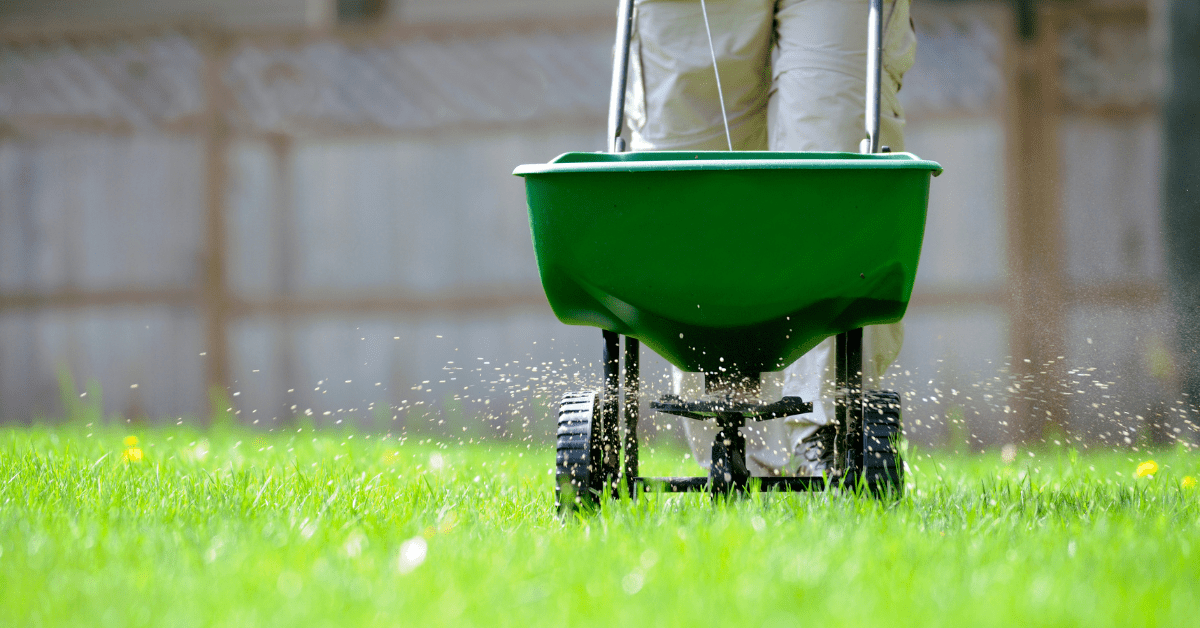
If your client has cool-season grasses, fall is the best time to set your client’s spring lawn up for success with fertilization. This is the time when the grass is strengthening its roots so it can survive the winter.
This service is the foundation of a successful turfgrass fertility program, so take the time to educate your customers on the various benefits of fall fertilizing. While your client has stopped thinking about their lawn after Labor Day, take the time to explain why they should invest in this maintenance offering.
Educate Customers
Just like how you have to communicate the value of your company to a new customer, you have to educate clients on the various benefits fall fertilizing provides. You need to explain that while they might think they’re saving money by passing on it, this decision can result in more headaches in the spring.
Because cool-season grasses are working to recover from summer stress, providing fertilizer helps the turfgrass build carbohydrate stores to survive the winter and initiate spring growth.
Fall fertilization is more important to the health of turfgrass than spring applications as it ensures root growth throughout the winter. It allows for spring green-up to occur two to six weeks earlier, if it was fertilized the previous fall.
Fertilizing in the fall also results in improved turf density and tolerance to spring diseases like red thread and pink patch. Increased density also reduces the ability of weeds to thrive, which can be a big selling point for customers that are particular about having a weed-free lawn once spring arrives.
Turf fertilized in the fall has better fall and winter color compared to a lawn that has not been fertilized. You can highlight this benefit to clients who are looking for that lush, vibrant yard during the fall and winter.
If you have clients with warm-season grasses requesting fall fertilization, take the time to educate them that applying nitrogen encourages new growth that is not desirable at this time of the year. Warm-season grasses can be fertilized with potassium or lime if a soil test indicates that is needed. Potassium helps with warm-season grasses’ cold tolerance.
Offer Package Deal
Selling fall fertilization can also open the door for upselling other fall maintenance practices like aeration and overseeding.
Opting to provide a whole package of fertilization, aeration and overseeding can help clients feel like they’re getting a deal and also ensure a better rate of success when caring for a lawn. Aerating improves overall air exchange, increases fertilizer effectiveness, enhances water absorption and generates healthy root systems. Overseeding can help repair thin or bare patches in the lawn.
Reiterate to clients that maintaining a lawn is an investment and they will be happier in the long run if they take the proper steps to care for their yard year-round.
One option you can offer is to roll new fall fertilization clients into a more comprehensive maintenance program so you don’t have to sell them on the same service each year.

